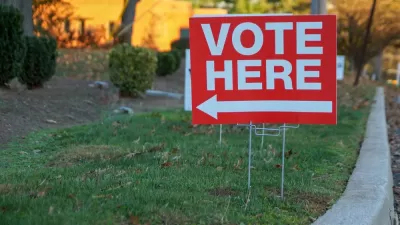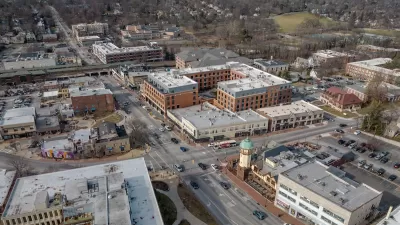Alana Semuels describes the structural forces that had led Cincinnati's Lincoln Heights neighborhood to the brink of extinction.

Are some cities really doomed to fail? According to Alana Semuels, "The people of Lincoln Heights might have had their own suburb, but the world made sure they had little else. From the beginning, historians say, the town was doomed to fail."
This historically black suburb in Cincinnati, Ohio is on the verge of extinction. One of the first self-governing black communities north of the Mason Dixon line, Lincoln Heights has high unemployment, poor schools, and failing infrastructure. Carl Westmoreland, professor of planning of the University of Buffalo contends that this suburb, like many others, failed because of structural inequalities that allowed other suburbs, primarily those inhabited by white residents, to prosper. The financial instability of the neighborhood has led to a decline in the sense of community once held by residents. Children are moving away for opportunities and not returning to Lincoln Heights. This gradual abandonment of the neighborhood has led to a significant decline in property values and the closure of at least one neighborhood school. In an effort to keep the neighborhood from disappearing, local civic leaders have called for consolidation and revenue sharing. It is still too soon to tell whether this proposal will take hold. It is clear, however, that vision and ingenuity will be necessary to save this neighborhood from extinction.
FULL STORY: The Destruction of a Black Suburb

Alabama: Trump Terminates Settlements for Black Communities Harmed By Raw Sewage
Trump deemed the landmark civil rights agreement “illegal DEI and environmental justice policy.”

Planetizen Federal Action Tracker
A weekly monitor of how Trump’s orders and actions are impacting planners and planning in America.

The 120 Year Old Tiny Home Villages That Sheltered San Francisco’s Earthquake Refugees
More than a century ago, San Francisco mobilized to house thousands of residents displaced by the 1906 earthquake. Could their strategy offer a model for the present?

In Both Crashes and Crime, Public Transportation is Far Safer than Driving
Contrary to popular assumptions, public transportation has far lower crash and crime rates than automobile travel. For safer communities, improve and encourage transit travel.

Report: Zoning Reforms Should Complement Nashville’s Ambitious Transit Plan
Without reform, restrictive zoning codes will limit the impact of the city’s planned transit expansion and could exclude some of the residents who depend on transit the most.

Judge Orders Release of Frozen IRA, IIJA Funding
The decision is a victory for environmental groups who charged that freezing funds for critical infrastructure and disaster response programs caused “real and irreparable harm” to communities.
Urban Design for Planners 1: Software Tools
This six-course series explores essential urban design concepts using open source software and equips planners with the tools they need to participate fully in the urban design process.
Planning for Universal Design
Learn the tools for implementing Universal Design in planning regulations.
Clanton & Associates, Inc.
Jessamine County Fiscal Court
Institute for Housing and Urban Development Studies (IHS)
City of Grandview
Harvard GSD Executive Education
Toledo-Lucas County Plan Commissions
Salt Lake City
NYU Wagner Graduate School of Public Service





























